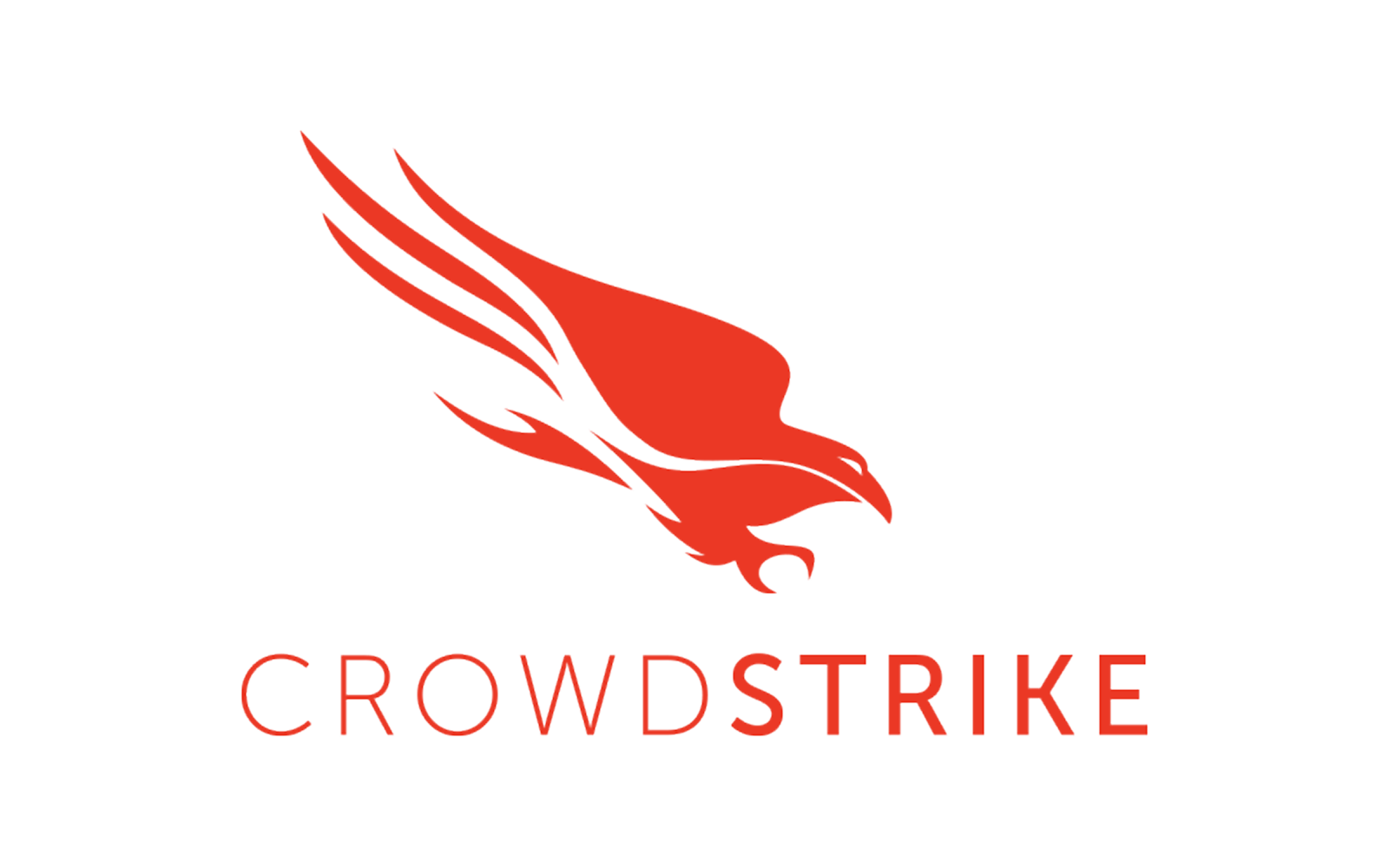
It’s time to say what many IT leaders already suspect: when organizations choose VMware vSphere Foundation (VVF), what they’re really deploying is vSphere—nothing more. Yes, VVF technically includes vSAN, but in most environments, those components are never fully implemented. There’s no automation layer. No centralized lifecycle management. No hybrid cloud support. What you’re left with is a limited, manual environment that operates like it's a decade behind.
This is often framed as a conservative, “good enough” decision. In reality, it’s a commitment to inefficiency, rigidity, and growing business risk. And the worst part? You’re still paying enterprise-level pricing.
For the CFO, this is an investment that will not return value.
For the CEO, this is infrastructure that will eventually obstruct your ability to compete, scale, and adapt.
If You Choose VVF, This Is What It Will Mean for You Over the Long Term:
- Your labor costs will be 25% to 40% higher than if you had chosen VCF, as your teams manually manage updates, patching, and provisioning across disjointed components.
- It will take you 30% to 50% longer to deliver new services, onboard new business units, or launch digital products—because nothing is automated or policy-based.
- You will spend 20% to 30% more on infrastructure, as you continue to overprovision compute, storage, and networking in the absence of real-time optimization.
- You will have zero hybrid cloud flexibility, forcing costly, disruptive replatforming projects when the business eventually demands cloud scalability or resilience.
- Your security posture will be fragmented, relying on manual enforcement instead of integrated micro-segmentation and automated threat response.
- You will struggle to maintain compliance, as audit controls and remediation are manual, inconsistent, and error-prone.
- Your IT team will remain stuck in reactive mode, supporting a legacy operating model that drags on performance instead of enabling progress.
Now contrast that with VMware Cloud Foundation (VCF)—a full-stack, automated, hybrid-ready infrastructure solution. For a modest price difference (often under 15%), VCF transforms IT into a business enabler:
- Automated lifecycle management across the full VMware stack
- AI-driven workload optimization for cost control and performance
- Built-in security and compliance with policy-based governance
- Seamless workload mobility across on-prem and cloud environments
- Faster time-to-delivery, reduced manual intervention, and long-term agility
This Is Not a Technical Preference—It’s a Strategic Decision
Every organization today competes in the digital economy. Whether you’re in financial services, retail, healthcare, logistics, or manufacturing, your ability to respond to customers, innovate quickly, meet SLAs, and secure your data—all depends on the agility of your infrastructure.
Choosing VVF in 2025 is not a conservative move—it’s a strategic misstep. You’re not just limiting your IT team. You’re limiting your company’s ability to grow, transform, and lead.
At GlassHouse Systems, we work with enterprises to adopt VCF with right-sized architectures, full automation, and hybrid flexibility—so infrastructure becomes a strategic asset, not a constraint.
Don’t pay for shelfware. Don’t build rigidity into your business. Don’t lock out your future. Choose VCF—and build for what’s next.








.png)


-1.png)

-1.png)


.png)